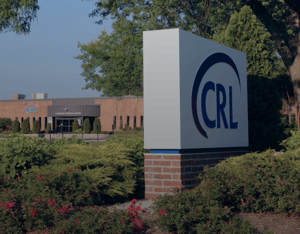Dr. Michael Fulks comments on the results of a recent study of Donanemab, an antibody that targets the amyloid-β (Aβ) peptide as treatment for early Alzheimer’s disease.
Research and theories often suggest that beta amyloid accumulates into plaques in the brain, leading to tau tangles that result in Alzheimer dementia. Unfortunately, a recent trial reported in the NEJM shows that Donanemab, a beta amyloid antibody, showed little impact on highly-selected dementia patients, though it did clear amyloid beta. This is yet another high-profile drug (like Aducanumab) that targets beta amyloid or tau but shows little benefit. Whether the theory is incorrect or our attempts at treatment are undeveloped, the results make near term progress with this approach unlikely.
Conversely, a 2020 article in the European Heart Journal examined cardiovascular (CV) risk factors and genetics in the risk of developing dementia, the majority of which is identified as Alzheimer’s disease. Genetics (including APOE) play a big role, but so does diabetes, smoking and hypertension, which appeared to account for at least one-third of the relative risk. Whether CV risk factors influence the development of Alzheimer’s disease directly or have an additive effect by contributing to vascular dementia is unclear, but the overall level of dementia is the concern. Treating these risk factors helps the heart and brain.
From a life underwriting perspective, this dementia risk already gets factored into the CV risk factor link to all-cause mortality, but the linkage may be less appreciated from a long-term care perspective.
About the Author
Michael Fulks, MD, Consulting Medical Director, is board-certified in internal and insurance medicine. After leaving practice, he served as a medical director, creating or editing several underwriting manuals and preferred programs. For the past 8 years, Dr. Fulks has consulted for CRL, participating in its mortality research on individual tests and all laboratory test results, BP and build in combination. He is also involved in the development and implementation of automated screening tools for non-laboratory data.






